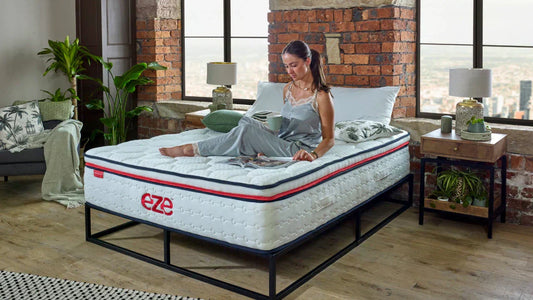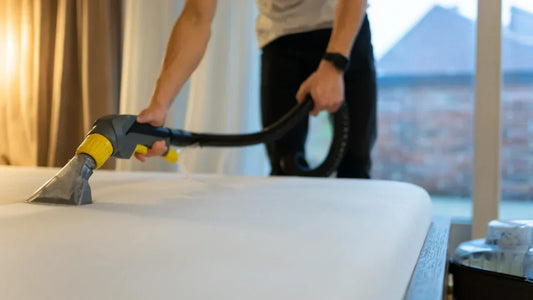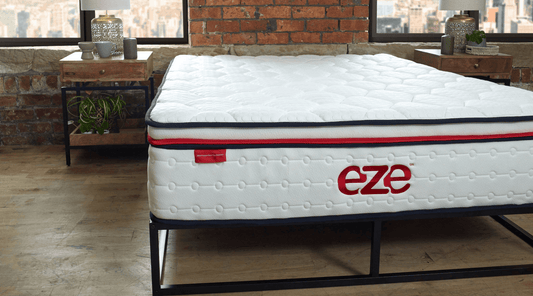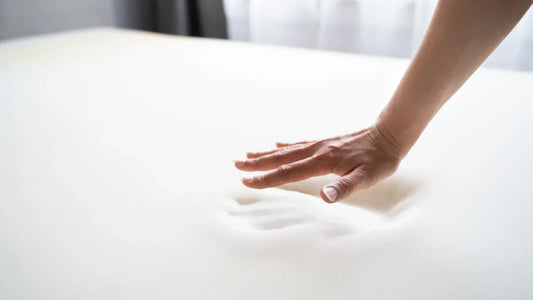Back sleeping is well known for being the ‘king’ of sleep positions, and is sometimes called the supine position. Although there are certain times when back sleeping is not recommended, for example if you are pregnant or suffering from sleep apnoea, the benefits that come with sleeping on your back are well documented.
Many people note that they find it hard to fall asleep on their back or remain on it throughout the night. However, with a little adjustment to your sleep environment and some support for your body, you should be able to train your body to sleep through the night on your back.
But is it really that important? Here we look at the main advantages that you could benefit from if you adopt a supine sleep position.
Keeping Your Spine Aligned

Research has shown that it's possible to reduce back and shoulder pain by modifying your sleep position onto your back. Sleeping in this supine position distributes your weight equally across your entire spine, helping to reduce both lower and upper back pain in the process.
To help maintain the natural curve of your spine, you could also place a pillow under your knees as you get ready to sleep. This will also help to make back sleeping more comfortable if you are already experiencing any tension in your lower back. Place the pillow under your knees and allow them to relax out to the sides with a little softness in the joints.
Reducing Tension Headaches

Better alignment of your spine will naturally help to reduce a lot of tension held elsewhere in your body. Poor posture is one of the biggest causes of stiffness and tension in your neck and shoulders, which can then build pressure in your head.
Typically a tension headache caused by poor posture will throb at the base of your skull or accumulate around the sides of your eyes at your temples. Focussing on a better sleeping position, as well as improving your posture during the day, can significantly reduce the severity and frequency of tension headaches.
Avoiding Creases, Wrinkles & Irritated Facial Skin

Sleep can affect your skin in many ways. A poor night’s sleep, for example, can cause havoc with droopy eyelids, dark circles, fine lines and paler skin.
Many dermatologists recommend a back sleeping position for prolonging youthful skin – both on your face and also your neck and chest. This is because sleeping on your back removes the wrinkle-inducing friction of your skin against the pillow that can cause lines as the skin is compressed. Using a skin-friendly pillow, such as a silk or satin one, can also help to minimise skin irritation and compression during the night.
Being Persistent
Just like with most habits in life, sleep habits are hard to change. If you are keen to adapt to sleeping on your back, then the key is to be persistent. Your mattress and pillow choices could be big factors in affecting your ability to sleep in a supine position so research the best mattresses for back sleepers and find pillows that will help to support your head and neck.
If you find yourself rolling over onto your front or side at night, then resist the urge. Roll back again and keep trying. Eventually your habits will evolve. Many people also find sleeping with a barrier of pillows around their sides discourages them from changing position and rolling onto their side during the night.









